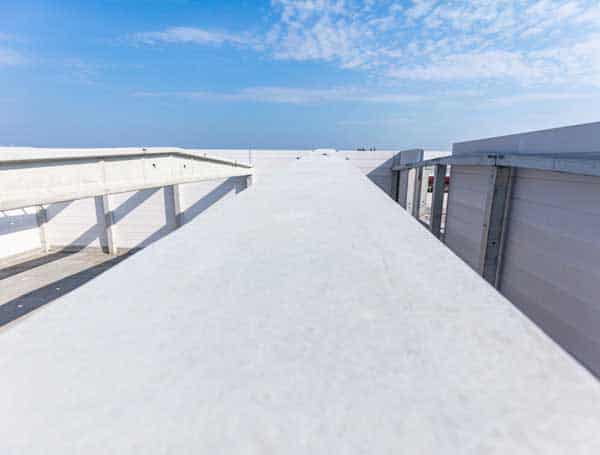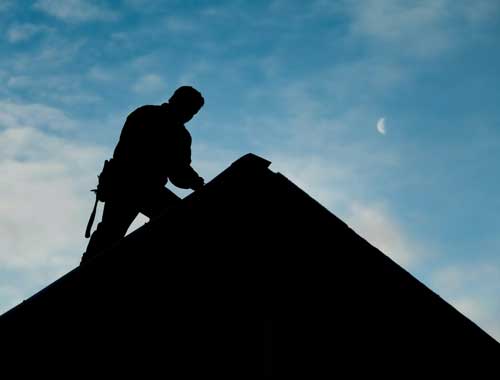Introduction
Roofs are our first line of defense against the elements. They protect us from rain, snow, wind, and even the scorching sun. However, despite their crucial role, roofs can develop leaks over time, leading to significant damage and costly repairs. Understanding the common causes of roof leaks and knowing how to prevent them is essential for every homeowner. In this article, we’ll delve deep into the various factors that contribute to roof leaks and discuss practical preventive measures.
Common Causes of Roof Leaks and How to Prevent Them
1. Age of the Roof
As roofs age, they naturally deteriorate. The materials used in roofing have a lifespan, often ranging from 20 to 50 years depending on the type. An older roof may suffer from:
- Cracked shingles Loose or missing tiles Deteriorated flashing
Prevention Measures:
- Regular inspections every few years. Replace aging roofs promptly to avoid leaks.
2. Poor Installation Practices
If a roof isn’t installed correctly, it can lead to premature leaks. Incorrectly placed shingles or insufficient sealing can create vulnerabilities.
Prevention Measures:

- Always hire certified roofing professionals. Verify that they follow industry standards during installation.
3. Damaged Flashing
Flashing is critical for areas where two different materials intersect, such as around chimneys or vents. If flashing becomes damaged or improperly installed, water can seep through.
Prevention Measures:
- Inspect flashing regularly for signs of wear. Consider professional sealing or replacing if needed.
4. Clogged Gutters
When gutters are clogged with leaves and debris, water cannot flow freely away from your roof. This accumulation can lead to overflow and water pooling on the roof.
Prevention Measures:
- Clean gutters at least twice a year. Install gutter guards to minimize debris buildup.
5. Ice Dams in Winter
In colder climates, ice dams form when melted snow refreezes at the edge of the roof. This creates a barrier that prevents proper drainage.
Prevention Measures:
- Ensure proper insulation in your attic. Use heated cables along eaves and valleys to prevent ice buildup.
6. Wind Damage
Strong winds can lift shingles or tiles off your roof, exposing the underlayment beneath them. This exposure can lead to leaks during rainstorms.
Prevention Measures:
- Choose high wind-rated roofing materials. Regularly inspect your roof after severe weather events.
7. Punctures from Debris
Falling branches or hailstones can puncture roofing material, creating openings for water infiltration.
Prevention Measures:
- Trim back overhanging branches. Consider using impact-resistant roofing materials if you live in hail-prone areas.
8. Poor Maintenance Habits
Neglecting regular maintenance can lead to significant problems down the road. A lack of routine checks allows small issues to escalate into major repairs.
Prevention Measures:
- Create a maintenance schedule for inspections and repairs. Document any findings during routine checks for future reference.
9. Humidity Issues in Attics
Excess humidity in attics can cause condensation on Roofing contractor rafters and roofing materials, leading to rot over time.
Prevention Measures:
- Ensure proper ventilation in your attic space. Use dehumidifiers if necessary during humid seasons.
10. Tree Overgrowth Near Roofs
Trees that grow too close to roofs pose several risks including falling limbs and excess shade which encourages moss growth—both leading causes of leaks.

Prevention Measures:
- Maintain a safe distance between trees and your home. Regularly prune tree branches that hang over your roofline.
FAQs
What are some signs that my roof might be leaking?
Look for water stains on ceilings or walls, visible mold growth, damp spots in attics, or missing shingles outside your home as indicators of potential leaks.
How often should I inspect my roof?
It’s advisable to inspect your roof at least twice a year—once in spring and once in fall—and Siding contractor after severe weather conditions like storms or heavy snowfall.
Can I perform my own roof inspection?
Yes! While you can examine accessible areas yourself with binoculars or a ladder (if safe), it's best practice to hire a professional for thorough inspections especially on steep roofs or complex architectures.
What should I do if I find a leak?
If you discover a leak, address it immediately by patching any visible holes with waterproof tape until you can contact a professional roofer for permanent repairs.
Do all roofs leak eventually?
While not all roofs will leak during their lifespan if properly maintained, most do face challenges as they age; regular upkeep significantly reduces the likelihood of leaks forming prematurely.
How long does it take to repair a leaking roof?
The duration depends on the extent of damage; minor repairs could be completed within hours while major issues might require days depending on material availability and complexity involved in resolving problems thoroughly.
Conclusion
Understanding the common causes of roof leaks and implementing preventative measures is crucial for maintaining the integrity of your home’s structure and ensuring its longevity. The proactive approach will save you time and money by preventing extensive damage down the line due to neglectful maintenance practices or oversight regarding potential risks like tree growth or poor gutter systems!
In summary:
Regularly inspect your roof. Address small issues before they escalate into larger problems. Hire professionals for installations and repairs whenever possible!
By staying vigilant about these factors listed above regarding common causes of roof leaks and how to prevent them effectively as outlined throughout this article—you'll ensure that you keep both yourself & your loved ones dry & safe inside!